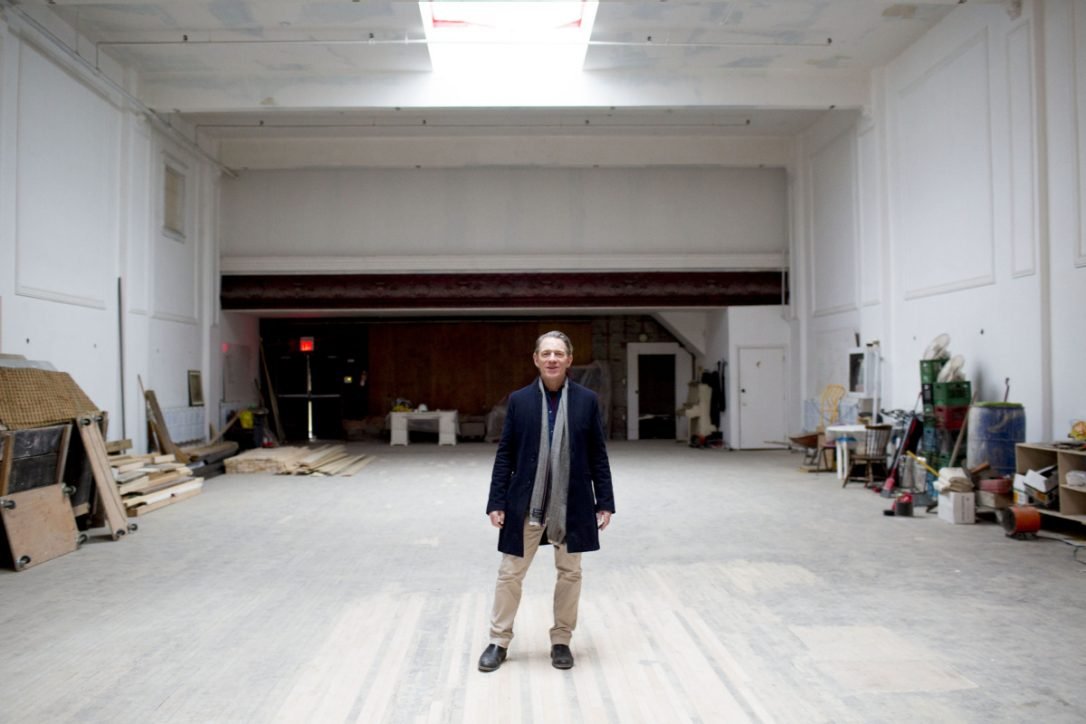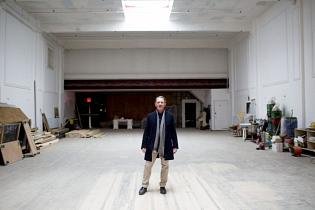City in Need of that Old Matador Magic: Keenan
A reasonable cool bureaucracy might insist on certain zoning restrictions for the Matador Ballroom building on Dovercourt near College.
It might stipulate, for instance, that the owner of that building and the business in it be required to operate an all-night Honkey Tonk party. Opening late at night and closing in the early morning sun. With live country music onstage every night. Cowboy boots on the walls. And with a liquor licence that allows alcohol to be sold only by an old lady with a hockey bag full of mickey liquor bottles under her table, who you had to find by asking around.
You could call it a “heritage use requirement†— much like the bricks-and-mortar preservation required of historically significant buildings.
Because that is how the Matador is remembered as a musical landmark by generations of Torontonians from all walks of life. Those who saw Johnny Cash or Stompin’ Tom Connors or Joni Mitchell play there. Those who saw members of Blue Rodeo grow up on that stage. Those who might have shared a drink with Leonard Cohen in that room, or dreamt of doing so watching his video for “Closing Time,†which was shot there.
You know, normally I’m not all that enthusiastic about smothering, overly specific regulation by the city hall bureaucracy, but if we’re going to have them, we could at least get something cool and fun out of it.
But of course, we generally do the opposite.
The most famous and beloved booze can in the city — still bearing its repainted bowling-ball marquee sign — closed a decade ago. Paul McCaughey bought it seven years ago and has been trying, unsuccessfully, to reopen it, in a more neighbour-friendly form, ever since.
This has caused a lot of frequent, premature celebration from around the city — from music enthusiasts and those with a taste for tradition in general, including many vocal neighbours. It has caused protest from some other neighbours on the otherwise residential stretch of street who remember some bad nights from the tempestuous tail end of the Matador’s otherwise fairly peaceable near-half-century as an all-night party and who don’t particularly want a night club on their street.
This week, McCaughey announced he was at the end of his rope. The city rejected his 12th application in seven years to restore the century-old dance room and reopen the place. It now fails, the city says, to meet the zoning standards of the neighbourhood. McCaughey said he was about to give up and sell the building. Maybe to a condo developer or something.
Immediately after his public statements, McCaughey held a meeting with two local city councillors and staff from the mayor’s office and said maybe there was still a chance. He’d go with plan number 13— applying for a rezoning of site, with early support from the mayor and local politicians Ana Bailao and Mike Layton.
In a statement McCaughey emailed me Friday afternoon, he said a “productive meeting†provides some reasons for “cautious optimism.â€
“The city’s buildings division has firmly taken the position that a future for the Matador Ballroom as a live music venue requires rezoning. We have not and do not believe this to be accurate, and so we will be examining their rationale in the days to come. Councillor Bailao is expeditiously setting up an appointment with the city planner for this area, which will help us evaluate the feasibility of the rezoning option. We do know that it will take another nine months to a year, and we truly have to consider the impact of this on our plans,†the statement says.
He goes on to say that he welcomes the community consultation that the zoning process entails — and that he will proceed with it while reserving his right to assert in court what he believes is his historic right to operate the business if necessary.
“We would like our community to know that if we were to win the rights to be a 100-year-old dance hall that we feel we have always been, we would want to include as much of the design and community input that emerges from a rezoning process should that become moot because of a positive decision.
“The strength of the public outcry in the last few days demonstrates the importance of the 1916 Matador Ballroom in a 2017 Toronto. We will continue to honour that public trust as best we may as we go forward,†he concludes, “We are not giving up, just moving forward!â€
The thing is, he doesn’t even plan to open an after-hours party palace. His plan includes a restaurant area (required by his liquor licence to stop serving alcohol at midnight on weeknights), rental venue for weddings and so on, artist’s studio and workshop. This, apparently, is too much for some neighbours, and too much for the city.
For almost 100 years it was fine. The place was built in 1915 and served as a dance hall first (“when the 182nd Overseas Battalion’s Bugle Band and the Paul Whiteman Orchestra graced it’s stage,†McCaughey notes), then a bowling alley, and then became the Matador after single mom Ann Dunn bought it in 1964 and raised her five kids in the apartment upstairs while building a legendary music venue downstairs.
Though the unlicensed tradition of bootleg booze sales in the hall was an illicit open secret that seemed to be nudge-and-wink ignored by authorities, the live music venue operation as a nightclub itself was above board, sanctioned, allowed by the city, no problem. The place was a community asset. More than that, a city asset — if you ever got into a cab after hours and asked what was still open, the driver would take you to the Matador, where middle-aged secretaries, young scenesters, working musicians, bikers and the odd Hollywood actor could all be found.
But now that it closed and changed ownership, suddenly that use — or even a much more tame version, keeping more regular hours — can’t fit into the bureaucracy’s idea of a healthy city.
This happens all too often: The city as it is built now, as it exists, as it has become successful is pretty much illegal by today’s standards. Cool little businesses on residential streets, closely packed townhouses or walk up apartments next to detached homes, industrial uses on back lanes — all the character of many of the city’s best places would be zoned out by our current rules if you were trying to build them or open them today.
It all sounds reasonable enough according to the rational explanations offered by those enforcing the rules. But sometimes you take a step back and think: Hold on. If the rules don’t allow this, then they are not good rules.
“We felt from our meeting that everyone feels that Matador Ballroom makes a huge contribution to Music City, but right now no one knows how to make that fit in with city planning,†McCaughey said in his statement. “We need to find out!â€
We sure do.
The kinds of things that have made the city interesting and given it sparks of fun and character along the way, particularly those that persist in those qualities long enough to become landmarks — those are the kinds of things we need to encourage. And encouraged in the kinds of places they have succeeded — as the very spice of city life — not hived off into isolated zones as if they are contaminants to be tolerated only when contained.
The Matador is one of those places. Let’s hope the 13th time is the charm.
Comments
There are 0 comments on this post





